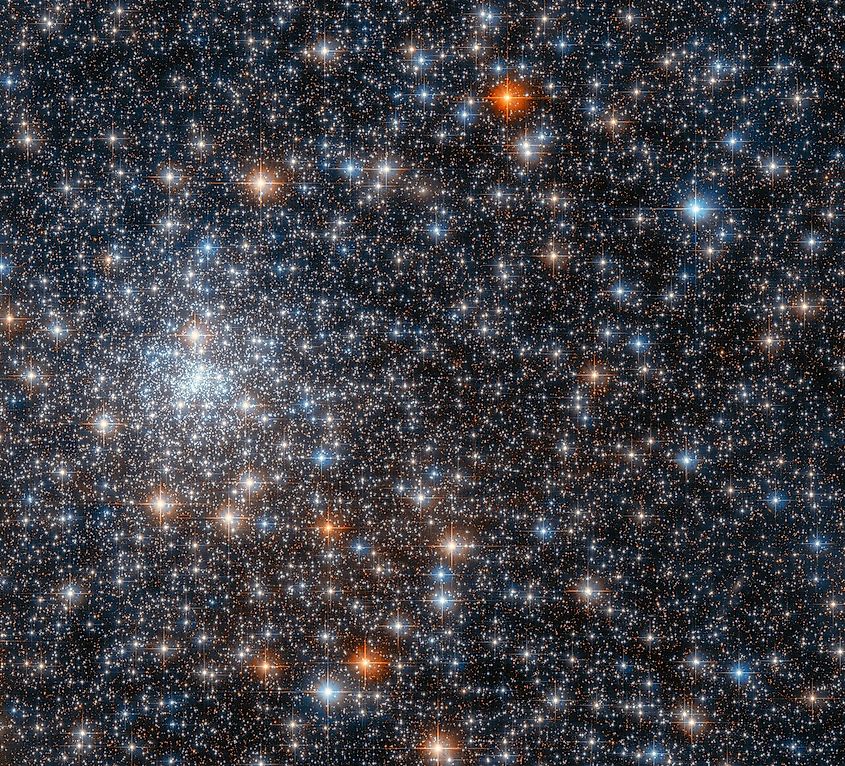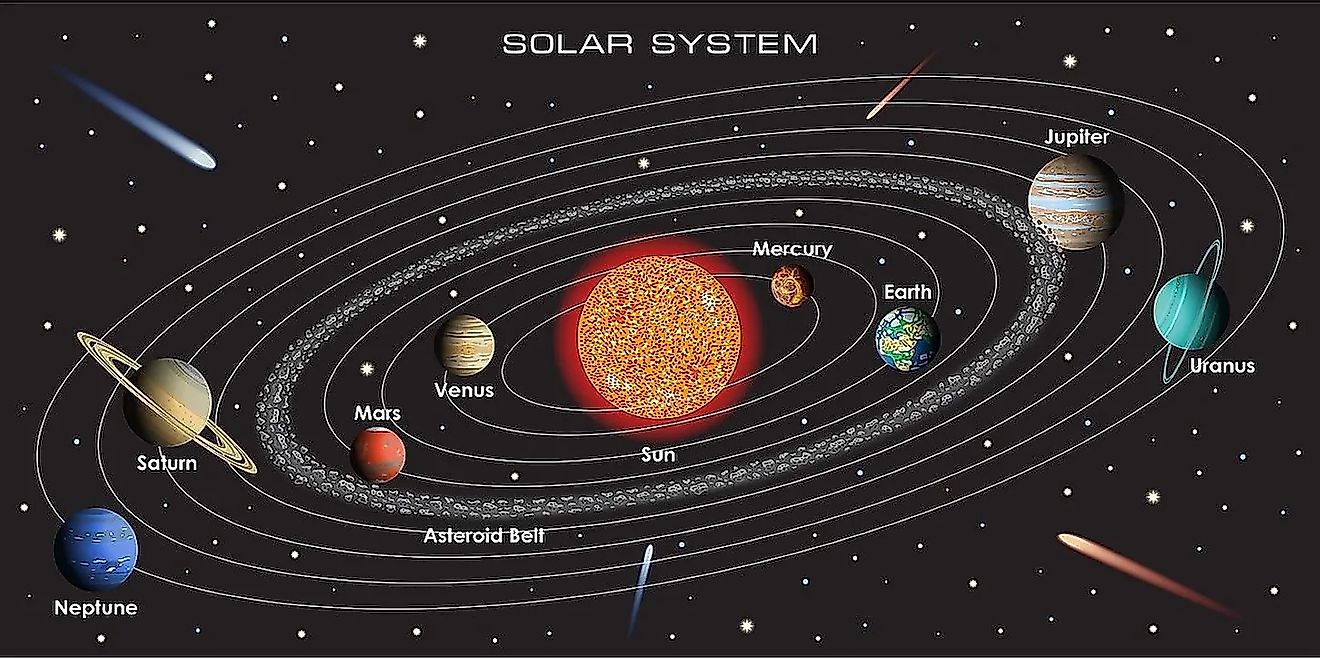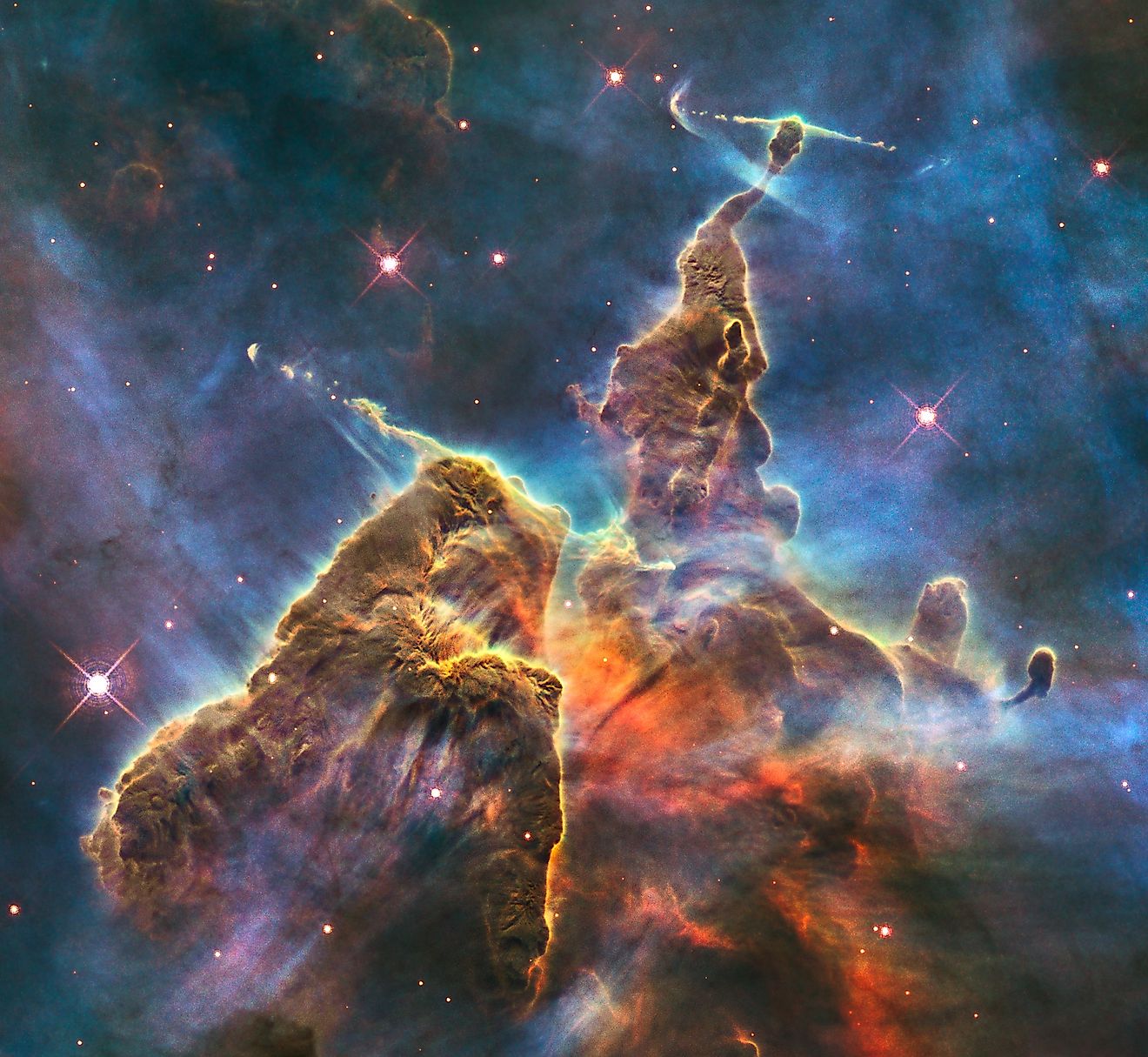
How Often Are Stars Born?
On a clear night sky, look out in any direction you choose and you will see a multitude of stars. If you happen to live somewhere with little to no light pollution, you can see upwards of 10,000 individual stars with just the naked eye. For the most part, the night sky seems unchanging. Every night we see the same stars. None disappear, and no new ones appear. Throughout history, civilizations around the world believed the night sky to be static and unchanging. The stars were seen as eternal, yet as our understanding of the universe advanced, we began to understand that the night sky is ever changing, with stars being born, existing for a time, and then ceasing to exist entirely. The lifetime of a star can last for many billions of years, far exceeding the life of any human. To us, the night sky appears unchanging, yet every year, a number of stars are born in our galaxy. Scientists estimate that about four solar masses worth of stars are born every year. This means that the equivalent of four suns are born every year in our galaxy. Since stars vary in mass, the actual number of stars also varies. For example, four sun-like stars could form every year, or one star with a mass four times greater than the sun could form.
Measuring the Rate of Stellar Birth

There are a number of methods that astronomers use in estimating the rate of star formation. First, you can simply count the number of new stars every year. While this sounds simple, this is not an overly reliable method. Most stars form in vast clouds of stellar material called nebulae, and stars generally form within extremely dense globs of gas and dust. For many stars, the regions in which they form are so dense that we cannot see them as the light emitted by the star is blocked. Another way to find the number of newly formed stars is to look for regions within nebulae that are being illuminated by newly formed stars. This is a more indirect yet reliable method for determining the rate of star formation. A third method is to determine how much material within our galaxy is being used for star formation. While all of these methods are tremendously difficult to determine, they do offer scientists a rough estimate for how many stars are born every year in our galaxy, which ends up being approximately four solar masses.
Star Formation in Other Galaxies

While four solar masses worth of stars are added to the Milky Way every year, this number will not be true for every galaxy in the universe. Our nearest galactic neighbor, the Andromeda Galaxy, adds less than one star every year. Large elliptical galaxies can sometimes have a rate of star formation of zero, meaning no new stars are forming within those galaxies. Starburst galaxies, however, can add hundreds of new stars every single year. The rate of star formation in any given galaxy is dependent upon a number of factors, such as the age of the galaxy, its size, mass, and how much star forming material is contained within the galaxy.
Past and Future of Star Formation

The rate of star formation for the entire universe is decreasing. While the actual rate of star formation for the entire universe is unknown, scientists estimate that the number of new stars has been gradually decreasing as galaxies consume their star forming material. While the universe contains a vast amount of star forming material, it is not an infinite amount. Eventually, most galaxies will exhaust their material and star formation will cease entirely. For example, astronomers estimate that the Milky Way has already consumed 90% of its star forming material. Large elliptical galaxies are mostly devoid of any star forming material, and that is the reason why new stars do not generally form within elliptical galaxies. While the rate of star formation in the future will be lower, it was also higher in the past since there was more star forming material after the Big Bang than there is today. Thankfully, stars will continue to form for another 100-trillion years. Eventually though, the universe will have used all of its star forming material and the remaining stars will slowly disappear until the universe becomes dark.







